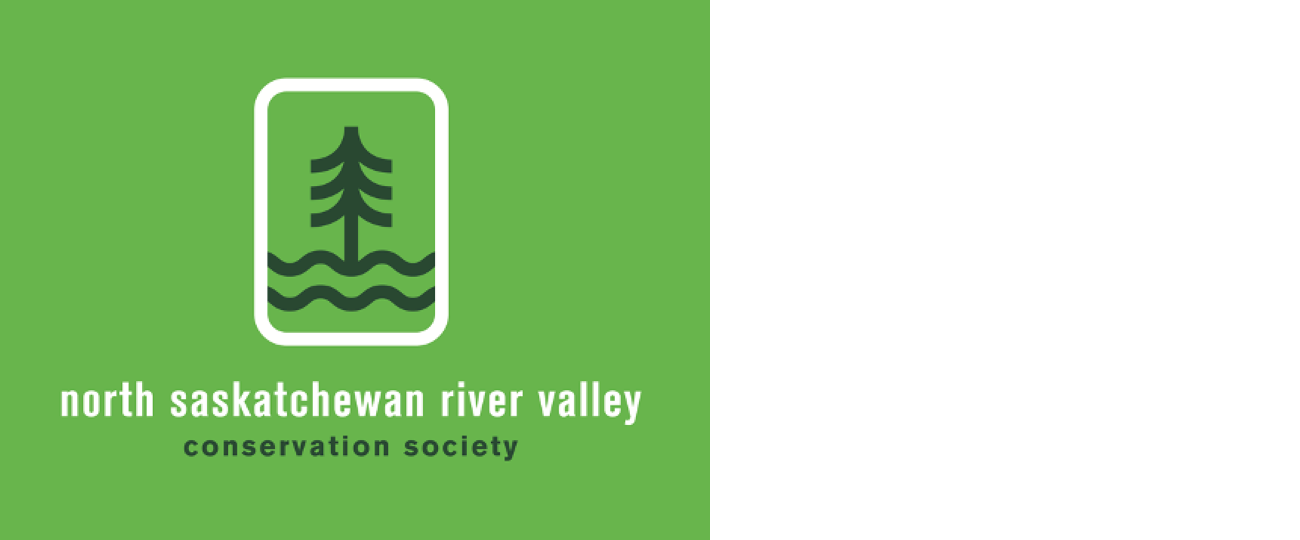Remember river valley when considering municipal election choices
The municipal election on October 18 is when voters will elect a Mayor, City Councillor and Trustee of Edmonton Public Schools or Edmonton Catholic Schools. Find the complete list of candidates at
https://data.edmonton.ca/Elected-Officials/2021-Edmonton-Election-Candidate-Contact-Informati/fuad-mxit
Our society encourages you to consider candidates who will work towards the protection and preservation of the river valley and its natural areas. Several groups have created surveys to help voters make their choices.
Taproot Edmonton invited candidates to complete a survey drawn from issues it heard about through its People’s Agenda project. Questions include “Do you think city council should have approved the Epcor's E.L. Smith Solar Farm?” Candidate responses at
https://edmonton.taproot.news/news/2021/09/20/nominations-close-for-2021-municipal-election
Edmonton River Valley Conservation Coalition has reached out to council candidates on issues specifically relating to the river valley. Candidate responses at https://www.ervcc.com/council-candidate-interviews
In dark times, gardens build kinship and hope
From the fur trade to now, gardens of varying scale have been maintained throughout this river city. Early on, large scale gardens blanketed valley and cliff on both sides of the river. Beata Humberstone was a renowned gardener whose cabbages were said to be the diameter of a wooden oxcart wheel.
Her gardens fed local families, newcomers, and mine workers living at the Humberstone rooming house. The 200 hundred acres of fertile lands were eventually taken up by the Prins family who also had a penchant for horticulture, introducing Edmontonians to the illustrious cauliflower!
As the grand gardens of old were intersected with roadways, backyard gardens soon became the norm. In 1909, the Edmonton Horticulture Society was founded to encourage the growing of flowers, fruits, and vegetables citywide. This troupe of green thumbs also demanded vacant lots be planted, as well as public spaces and municipal properties.
When the first World War began and food shortages became the norm, governments promoted at-home plots. Pamphlets on the basics of gardening were printed and distributed to households. Backyard veggie beds kept the demand for commercial produce low, thereby ensuring the troops adequate food supplies.
When the conflict was over, Edmonton’s backyard gardens were well-established when we needed their small mercies, for on the heels of war came the 1918 Flu Pandemic. During this time, Edmontonians continued to treat public health as a community concern; citizens cared for one another by redistributing their already limited stocks of tinned and canned goods to those in need; cold cellar items were shared between neighbours.
From fort to riverside village to metropolis, gardens have been foundational to Edmonton’s growth, character, and sense of unity. Read more at https://citymuseumedmonton.ca/2021/05/26/in-dark-times-go-to-the-garden-part-2/
Great Blue Heron benefits from beaver’s engineering skill
The Great Blue Heron is the largest and most widely distributed heron in Canada and holds the record for the largest wading bird in North America. Herons are migratory birds and arrive in Alberta in late March to early April and fly south in October to early November.
Herons can be found in meadows or in open shallow water at the edges of lakes, streams, rivers, ponds, sloughs, ditches, marshes, and mudflats. Look in these areas for a tall slender figure. They stay statue still for great lengths of time while searching for food, making them difficult to spot.
Herons eat fish, frogs, salamanders, water snakes, large insects, mice, small birds or even plant seeds. Eagles, bears, raccoons, vultures, and hawks, prey on young birds and sometimes even the adults.
Great Blue Herons benefit from beavers’ engineering skills. Beavers stop the flow of water by building a dam which creates a pond. This can eventually lead to the creation of a meadow. These ponds and meadows are prime feeding grounds for Great Blue Herons. Learn more at https://www.ealt.ca/species-spotlight-list/heron
Insects more like friends or neighbours, than pests
It has been said that the weight of insects consumed annually by spiders exceeds the weight of the human population of the world. People have a very poor perception of insects and arachnids in our culture. This is unfortunate because all terrestrial ecosystems depend on insects and spiders to work properly.
About 80% of the plants in Edmonton are pollinated by insects so if even the “nuisance insects” were not around, we would be short a lot of plants. Any flying insect that lands in a flower is potentially a pollinator. Things like wasps, flies, and mosquitoes that we may not think of as helpful, do have an important role as a pollinator.
Considering the importance of insects in ecosystems, think of them as friends and neighbours and helpers, rather than pests. Watch YEG urban critters video at https://www.youtube.com/watch?v=YDPJIjakXlg
Newsletter helps us fall more in love with this place
Heather writes “Thanks for gathering this information and producing such a wonderful newsletter. It is helping us fall ever more deeply in love with this place in which we live!”
Comment or contribution
If you have a comment, concern, or question, contact us at nsrivervalley@gmail.com Please also email us river valley photos or event information. Your friends, neighbours and colleagues can sign up for this newsletter on our web site.
Sincerely yours,
Harvey Voogd
North Saskatchewan River Valley Conservation Society
780.691.1712





















